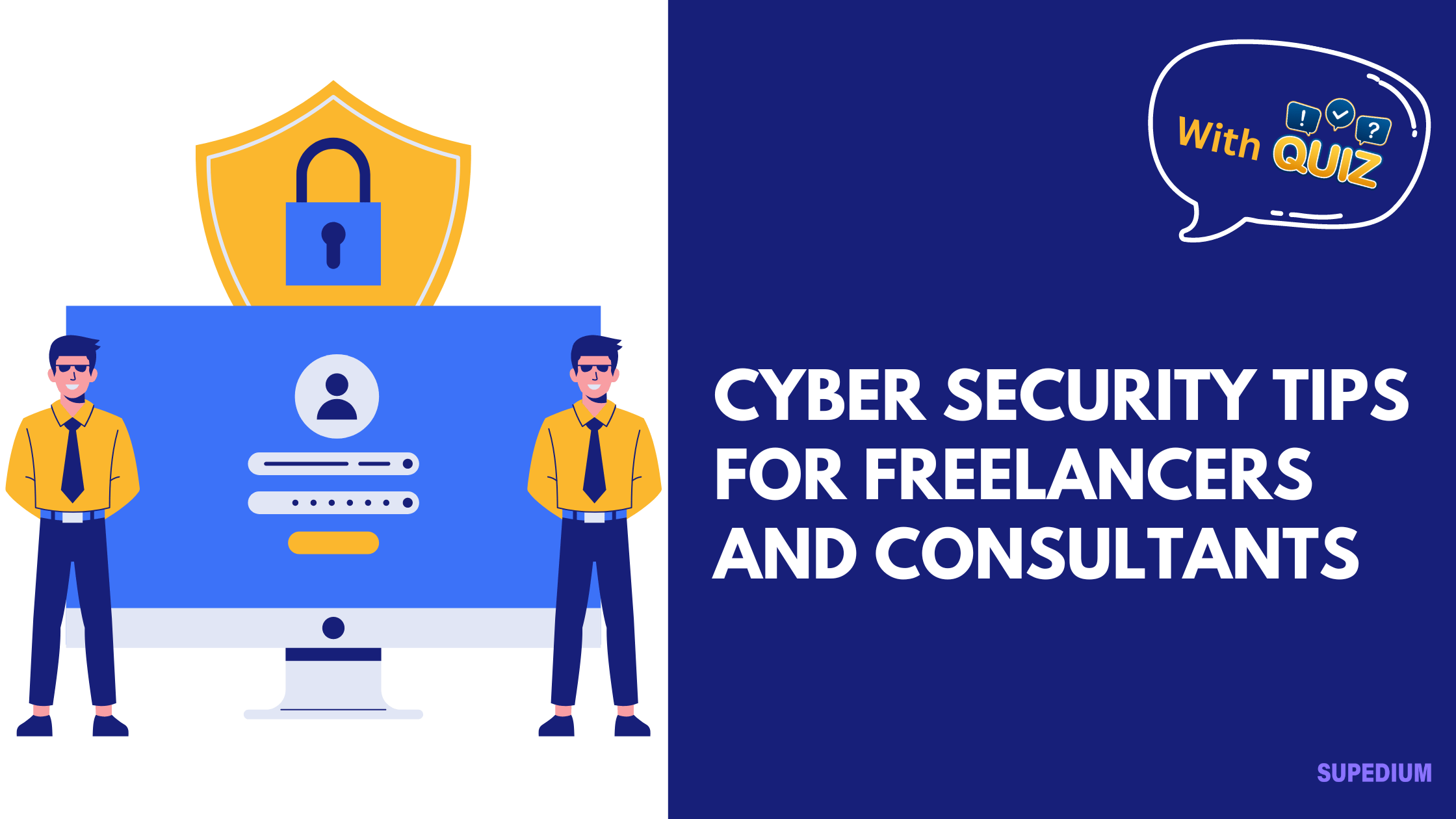Table of Contents
- 1 Introduction to Web3
- 2 Financial Sector
- 3 Digital Identity and Privacy
- 4 Supply Chain Management
- 5 Governance and Voting
- 6 Intellectual Property and Content Creation
- 7 Healthcare
- 8 Education
- 9 Gaming and Virtual Worlds
- 10 Social Impact and Philanthropy
- 11 Real Estate
- 12 Challenges and Considerations
- 13 Future Trends and Developments
- 14 Conclusion
![]()
Introduction to Web3
The evolution of the web has progressed from Web1, the static web, to Web2, characterized by dynamic, user-generated content and centralized platforms. Now, we are witnessing the emergence of Web3, which represents a new paradigm in how we interact with the internet. Web3, often referred to as the decentralized web, leverages blockchain technology to create a more open, secure, and user-empowered digital environment.
Core Technologies underpinning Web3 include:
- Blockchain: A decentralized ledger that ensures transparency and security through consensus mechanisms.
- Decentralized Applications (dApps): Applications that run on blockchain networks, removing the need for central servers.
- Smart Contracts: Self-executing contracts with the terms directly written into code.
- Cryptocurrencies and Tokens: Digital assets used for transactions and incentivization within Web3 ecosystems.
- Decentralized Identity (DID): Systems that allow users to control their own identity without reliance on central authorities.
- Interoperability: The ability of different blockchain networks and protocols to work together seamlessly.
Financial Sector
Decentralized Finance (DeFi) has revolutionized traditional financial services by enabling peer-to-peer financial transactions without intermediaries. Key components include:
- Decentralized Exchanges (DEXs): Platforms like Uniswap and Sushiswap facilitate the trading of cryptocurrencies directly between users.
- Lending and Borrowing Platforms: Services such as Aave and Compound allow users to lend and borrow assets with smart contract automation.
- Yield Farming and Liquidity Mining: Methods to earn rewards by providing liquidity or participating in decentralized financial protocols.
Stablecoins offer a bridge between traditional finance and the crypto world, providing stable digital assets like USDC and DAI that are pegged to fiat currencies.
Insurance in the Web3 space introduces decentralized insurance platforms that use smart contracts to manage risk and claims processing, reducing overhead costs and increasing transparency.
Payment Solutions within Web3 enable efficient cross-border payments and micropayments, reducing transaction fees and processing times compared to traditional systems.
Digital Identity and Privacy
Decentralized Identity (DID) systems allow users to control their personal data and verify their identity without relying on centralized authorities. This approach enhances security and privacy while giving users greater control over their digital footprint.
Self-Sovereign Identity (SSI) further empowers individuals by enabling them to manage their own credentials and personal information. SSI is particularly useful in professional contexts where verification of credentials and identity is crucial.
Privacy-Enhancing Technologies such as zero-knowledge proofs and privacy coins like Monero and Zcash offer advanced methods for maintaining user privacy and confidentiality in digital transactions.
Supply Chain Management
Traceability in supply chains is improved through blockchain technology, which provides an immutable record of goods from production to delivery. This enhances accountability and reduces fraud.
Transparency is a key benefit of blockchain in supply chains, as it allows all participants to access the same data, ensuring consistency and reducing the potential for disputes.
Smart Contracts automate various aspects of supply chain management, from verifying compliance to executing payments, thereby increasing efficiency and reducing administrative burdens.
Governance and Voting
Decentralized Autonomous Organizations (DAOs) are organizations governed by smart contracts and blockchain-based voting. DAOs operate without traditional management structures, relying on community consensus to make decisions.
Voting Systems on the blockchain offer secure and transparent methods for conducting elections and polls. Blockchain’s immutability ensures that votes are counted accurately and transparently.
Intellectual Property and Content Creation
Non-Fungible Tokens (NFTs) have transformed the way digital art, music, and other creative content are owned and traded. NFTs provide proof of ownership and authenticity, allowing creators to monetize their work directly.
Royalty Management through smart contracts ensures that creators receive fair compensation for their work, with automated payments based on predefined terms.
Content Ownership and Monetization models are evolving as Web3 enables direct interactions between creators and consumers, bypassing traditional intermediaries and potentially increasing revenue for content creators.
Healthcare
Medical Data Management benefits from blockchain’s secure and immutable records, allowing for efficient sharing of health information while protecting patient privacy.
Clinical Trials and Research are enhanced by blockchain’s transparency and data integrity, which ensure that research data is accurate and accessible, promoting trust and collaboration in the scientific community.
Telemedicine solutions on the blockchain offer secure and private consultations, with encrypted communication and verified identities improving trust between patients and healthcare providers.
Education
Credential Verification is streamlined through blockchain, enabling educational institutions and employers to verify qualifications and certifications quickly and securely.
Decentralized Learning Platforms offer peer-to-peer learning opportunities and micro-credentials, providing flexible and accessible educational resources.
Educational Content Distribution is transformed by Web3 technologies, allowing creators to distribute content directly to learners without intermediaries, thereby reducing costs and increasing accessibility.
Gaming and Virtual Worlds
Play-to-Earn Models in gaming allow players to earn rewards through in-game activities, with blockchain-based tokens representing real-world value.
Virtual Real Estate within blockchain-based worlds enables users to buy, sell, and trade virtual property, creating new opportunities for investment and development.
Interoperability of Assets allows for the use of in-game assets across different virtual environments, enhancing the value and utility of digital items.
Social Impact and Philanthropy
Charity and Donations are made more transparent with blockchain, as it allows donors to track the flow of funds and ensure that donations are used effectively.
Social Tokens enable community engagement and incentivization, allowing supporters to participate in and benefit from the success of social and philanthropic projects.
Humanitarian Aid distribution is optimized through Web3 technologies, ensuring that aid reaches those in need efficiently and transparently.
Real Estate
Tokenization of Property allows for fractional ownership of real estate through blockchain tokens, making it easier for individuals to invest in and trade property.
Decentralized Real Estate Platforms facilitate buying, selling, and leasing properties without traditional intermediaries, streamlining transactions and reducing costs.
Property Management is improved by smart contracts that automate lease agreements and payment processes, reducing administrative overhead and potential disputes.
Challenges and Considerations
Scalability remains a challenge for Web3 technologies, as current blockchain networks face limitations in transaction throughput and processing speed. Ongoing research and development are focused on addressing these issues.
Regulatory Issues pose significant hurdles, as governments and regulatory bodies grapple with how to oversee and regulate decentralized technologies while fostering innovation.
User Adoption is a critical factor for the success of Web3, with barriers such as complexity and a lack of awareness potentially hindering widespread adoption.
Security Concerns are inherent in Web3 technologies, including risks related to smart contract vulnerabilities, fraud, and data breaches. Ensuring robust security measures is crucial for the continued growth of Web3.
Future Trends and Developments
Emerging Technologies are set to integrate with Web3, such as artificial intelligence (AI) enhancing blockchain analytics and automation.
Predictions for Web3 Evolution suggest continued growth and innovation, with potential transformative impacts across various sectors, from finance and governance to education and healthcare.
Conclusion
Web3 represents a fundamental shift in how we interact with digital technologies, offering new opportunities for decentralization, transparency, and user empowerment. As the technology evolves, it promises to reshape industries, enhance privacy, and create new economic models. The journey of Web3 is just beginning, and its full potential will continue to unfold as innovation and adoption advance.
Share This





Be the first to comment